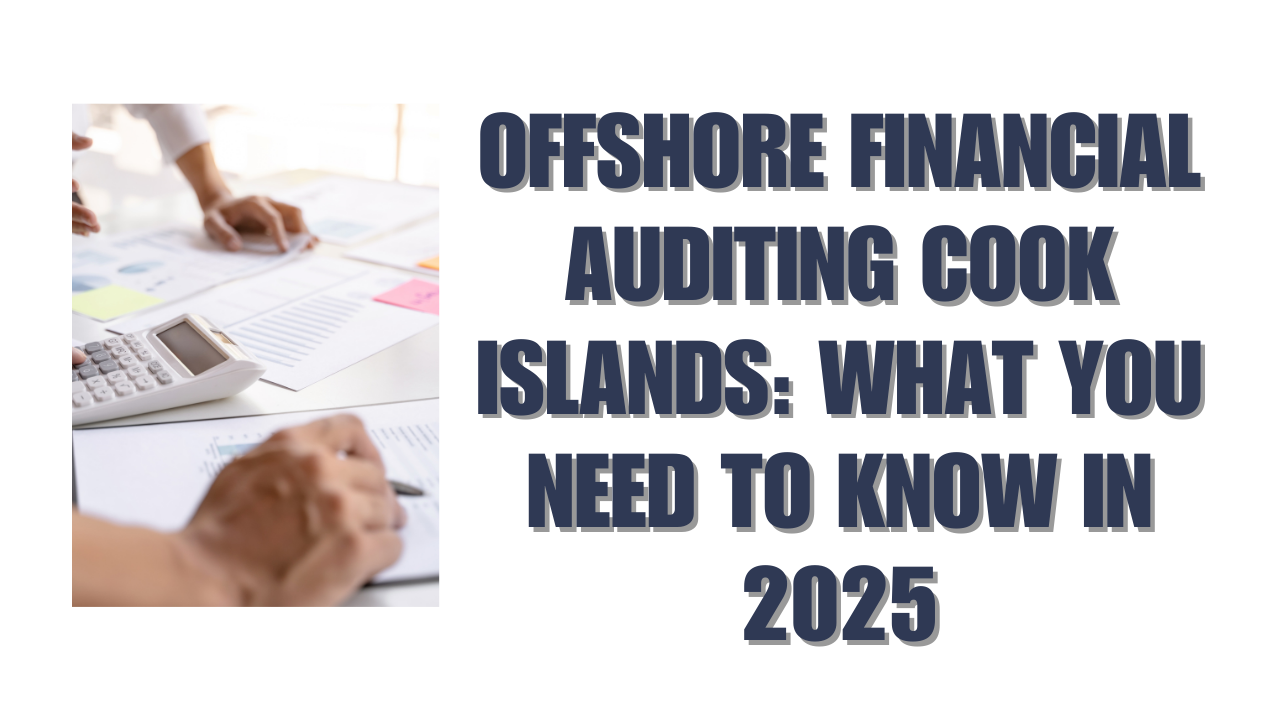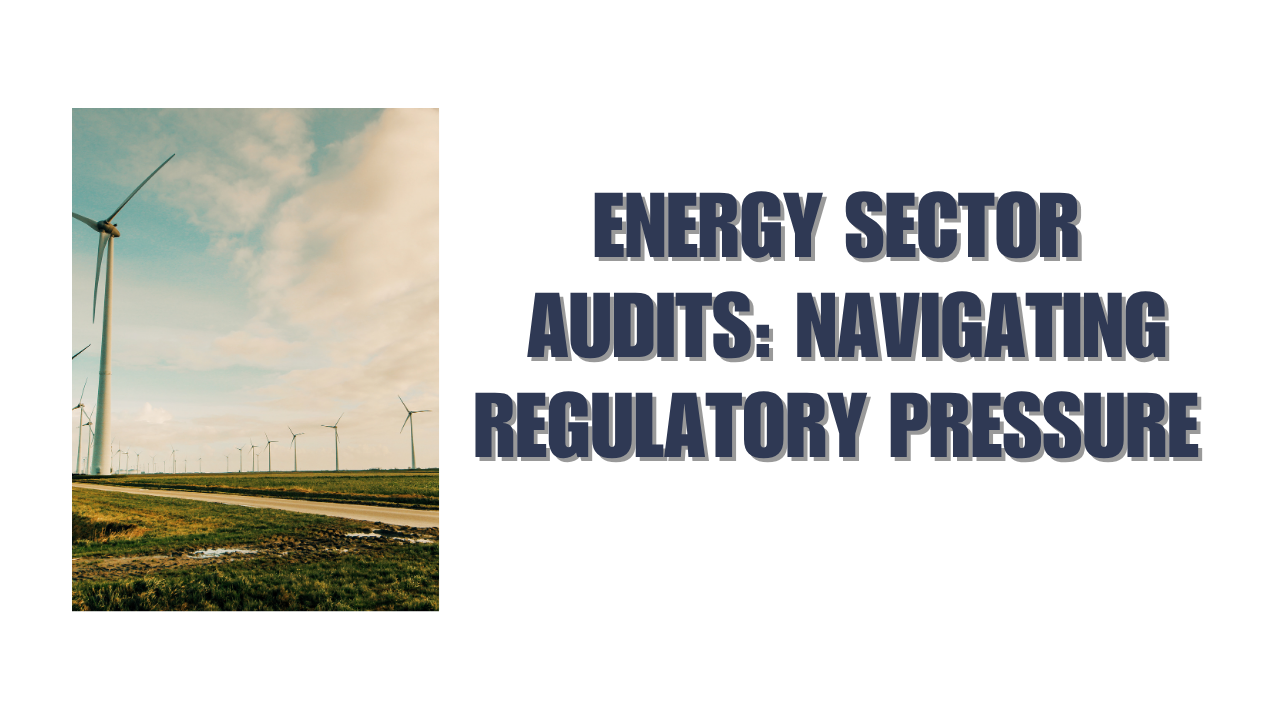Annual financial reporting services are essential for businesses, non-profits, and other entities that need to stay compliant with regulations, gain transparency, and communicate financial performance clearly. Whether you run a small business, a charity, or a corporation, your financial report is a critical part of your year-end responsibilities.
In this article, we’ll break down what annual financial reporting services are, why they’re important, what’s included, and how to ensure your reports are accurate, compliant, and meaningful.
What Are Annual Financial Reporting Services?
Annual financial reporting services involve the preparation, review, and finalisation of a business’s or entity’s financial reports at the end of a financial year. These reports typically include:
- Income Statement (Profit & Loss)
- Balance Sheet (Statement of Financial Position)
- Cash Flow Statement
- Notes to the Accounts
- Statement of Changes in Equity (if applicable)
These services are usually provided by accounting professionals who ensure that all figures are accurate, the format complies with local regulations or international accounting standards (such as IFRS or GAAP), and the report fairly represents the financial position of the entity.
Why Annual Financial Reporting Matters
Annual financial reporting isn’t just a formality. It’s a vital tool for accountability, decision-making, and legal compliance.
| Benefit | Explanation |
| Regulatory Compliance | Many entities are legally required to submit financial reports to tax authorities, registries, or regulators. |
| Transparency | Financial reports provide insight to shareholders, boards, donors, or other stakeholders. |
| Performance Evaluation | Helps management assess the results of operations and make informed decisions. |
| Audit Preparation | Accurate financial reports make audits smoother and faster. |
| Funding and Investment | Banks and investors rely on these reports when evaluating financial health. |
Failing to complete or file annual financial reports can lead to penalties, loss of credibility, or issues with compliance bodies.
Who Needs Annual Financial Reporting Services?
The need for annual reporting services varies by country, sector, and business size, but in general, these entities commonly require it:
- Small and Medium Enterprises (SMEs)
- Large Corporations and Listed Companies
- Charities and Non-Profits
- Government-Funded Entities
- Trusts and Estates
- Partnerships and Sole Traders (above a revenue threshold)
Even if not required by law, many small businesses voluntarily prepare financial reports to track growth, apply for loans, or attract investors.
What’s Included in Annual Financial Reporting Services?
A good reporting service doesn’t just prepare numbers—it turns data into meaningful insights. Here’s what you can typically expect:
1. Trial Balance and Reconciliations
The accountant or service provider begins by reviewing your trial balance and reconciling bank accounts, debtor and creditor balances, and tax accounts.
2. Adjusting Entries
Accruals, depreciation, prepayments, and inventory adjustments are added to reflect the real financial position.
3. Report Preparation
The core financial statements are prepared according to accounting standards applicable to your jurisdiction.
| Statement | Purpose |
| Profit & Loss | Shows income, expenses, and net profit or loss for the year |
| Balance Sheet | Displays assets, liabilities, and equity as of the reporting date |
| Cash Flow Statement | Tracks the movement of cash through operations, investing, and financing |
| Equity Changes | Shows changes in equity accounts, especially for companies or trusts |
4. Notes and Disclosures
Detailed explanations of accounting policies, significant transactions, and assumptions are added.
5. Management Commentary (if applicable)
Some entities include a summary written by management to highlight key results and risks.
6. Final Sign-Off and Submission
Once reviewed and approved by directors or trustees, the report may be filed with tax authorities or regulators.
Common Reporting Standards in 2025
In 2025, financial reporting must align with one or more of the following standards, depending on your jurisdiction and industry:
| Standard | Used By |
| IFRS (International Financial Reporting Standards) | Used globally, especially by listed companies and large entities |
| GAAP (Generally Accepted Accounting Principles) | Common in the US and tailored for smaller businesses |
| IPSAS (Public Sector Standards) | Used for public entities and government-funded organisations |
| Tiered Reporting Frameworks | In countries like New Zealand or Australia, simplified standards apply for SMEs |
Selecting the right framework is key to ensuring your report is compliant and appropriate for its users.
Annual Financial Reporting Process
Here’s how annual reporting services typically unfold in a structured process:
Step 1: Planning
Your accountant gathers all relevant data, such as bank statements, general ledger entries, payroll records, invoices, and receipts.
Step 2: Data Cleanup and Review
Missing entries are identified and reconciliations are performed. Any gaps in documentation are resolved at this stage.
Step 3: Report Drafting
Drafts of financial statements are prepared and shared for review. Notes and disclosures are drafted and legal checks are completed.
Step 4: Review and Approval
Business owners, board members, or trustees review the drafts. Adjustments can be made before final sign-off.
Step 5: Filing and Publishing
Depending on requirements, the report is submitted to tax departments, charity commissions, regulators, or made public.
Some firms also assist with the design and formatting of annual reports for branding and presentation purposes.
Choosing the Right Reporting Service Provider
Choosing the right provider of annual financial reporting services can make the difference between an efficient close-out and a stressful year-end.
Look for:
- Certified or Chartered Accountants with reporting experience
- Industry-Specific Knowledge, especially for sectors like not-for-profits or trusts
- Technology-Driven Tools to enable remote collaboration and digital document uploads
- Clear Timelines and Communication throughout the process
- Fixed-Fee Pricing or Transparent Billing to avoid surprises
You’ll also want to ensure the provider is familiar with your local regulations and reporting deadlines.
Common Challenges and How to Avoid Them
While annual reporting is essential, it’s not without its challenges:
| Challenge | Solution |
| Missing or Incomplete Records | Use accounting software and keep regular backups |
| Last-Minute Filing Rush | Start preparations at least two months before the deadline |
| Misunderstanding Standards | Engage professionals familiar with relevant frameworks |
| Communication Gaps | Have regular check-ins during the reporting period |
Planning ahead and staying organized throughout the year makes the process much smoother.
Technology and Trends in Reporting (2025)
The world of financial reporting is becoming smarter, faster, and more user-friendly. Here are some 2025 trends:
- Cloud Accounting – Real-time data access makes reporting faster and more collaborative
- AI-Powered Error Detection – Tools that automatically flag inconsistencies or missing data
- Integrated ESG Reporting – Environmental, social, and governance disclosures are increasingly included
- Automated Filing Portals – Direct filing with tax and compliance authorities saves time
Adopting these trends can streamline your year-end process and reduce errors.
Case Study: A Small Business Reporting Transformation
Background: A small retail company in New Zealand was struggling to close its books each year. Reports were inconsistent and often submitted late.
Problem: Manual spreadsheets, missing receipts, and limited financial literacy among owners.
Solution: They hired a firm offering annual financial reporting services and moved to a cloud-based accounting system.
Results:
- All year-end reports were prepared within 4 weeks
- The business accessed accurate profitability and cash flow insights
- The owners gained confidence in financial decision-making
The lesson? Even small businesses benefit significantly from professional reporting services.
How to Prepare for Your Next Annual Report
Want to make your year-end reporting painless? Here are some best practices:
- Keep your records updated monthly
- Use digital tools to store receipts and invoices
- Reconcile your accounts quarterly
- Schedule your reporting early—don’t wait until the deadline
- Stay informed about reporting standard updates
A little planning throughout the year makes the final reporting period much less stressful.
Conclusion
Annual financial reporting services play a crucial role in helping businesses and organizations stay compliant, transparent, and financially sound. From preparing core financial statements to filing with regulators, these services ensure your financial information is accurate and trustworthy.
In 2025, the demand for clear, digital, and insightful financial reports is only growing. By working with qualified professionals and staying organized, you can turn your financial reporting process into a strategic asset—rather than a year-end headache.
FAQs
1. What’s the difference between financial statements and an annual financial report?
Financial statements are part of an annual financial report. While financial statements show the numbers (income, balance sheet, etc.), the annual report may also include management commentary, strategic insights, and disclosures tailored to regulators or stakeholders.
2. When should I start preparing for annual financial reporting?
You should begin preparing 1-2 months before the end of your financial year. This allows enough time to gather documents, reconcile records, and address any issues before finalizing and submitting your report.
3. Are annual financial reports legally required?
In many cases, yes. Companies, charities, and regulated entities must file financial reports with tax authorities or corporate registries. Even if not required, preparing a report is a smart way to assess performance and stay accountable.






